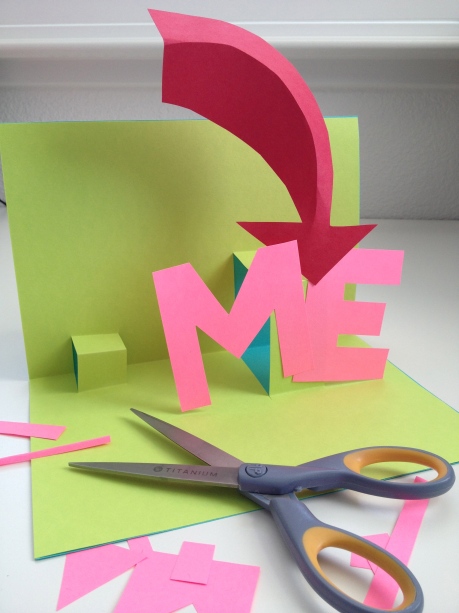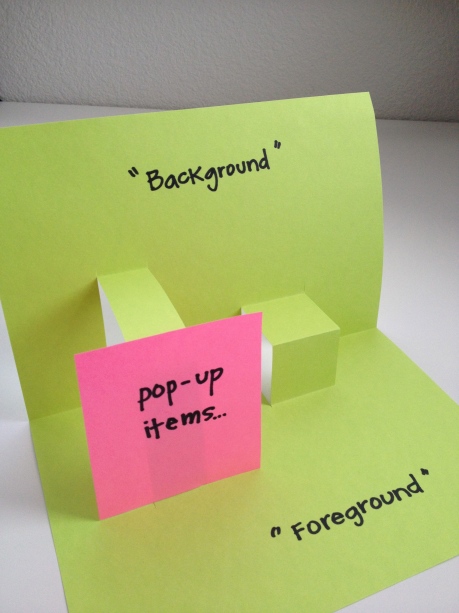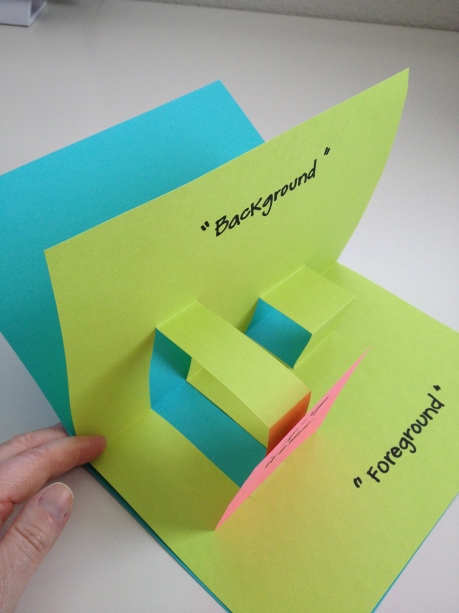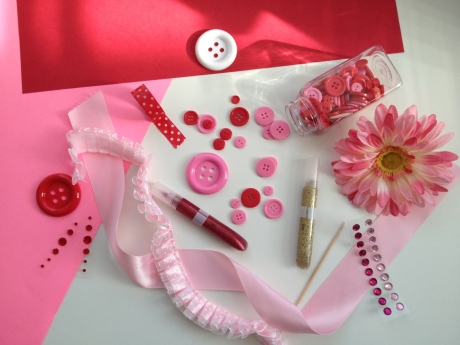 I don’t know about you, but I feel like the USPS really outdid itself with the release of this heart stamp… just in time for mailing out your Valentines the old-school way.
I don’t know about you, but I feel like the USPS really outdid itself with the release of this heart stamp… just in time for mailing out your Valentines the old-school way.
Have you ever stopped to consider postage stamps as art? (I’ll wait while you consider it.) They’re like teeny-tiny little canvases hiding out in plain sight in the midst of our everyday lives! By calling attention to postage stamps, you begin to get your students thinking about the fact that someone has to design those stamps. Someone has to come up with an idea and then create the artwork that eventually becomes the stamp that gets printed and used by many, many people! (Talk about great exposure!)
Now consider having your students design their own postage stamps. The beauty of this art lesson is that the subject matter is virtually limitless, meaning you can connect it to any subject you are teaching! Learning about geography? Students design stamps based on geography! Reading a certain book? Students design stamps based on something related to that book! It’s Black History Month? Your students can design stamps based on someone they admire that you are currently studying! Learning the alphabet? Students design stamps based on the first letter of their names! It’s genius, right?!
 Keep the materials simple for this lesson: A sheet of 9X12 inch drawing paper (plain white construction paper — or even 8.5X11 inch copy paper will do in a pinch) for each child, with two 3X4 inch rectangles on it. (Depending on the age and ability levels of your students, this could be a great opportunity for them to practice their measuring skills.) Then you just need some drawing tools… whatever you have on hand like crayons, colored pencils, and fine tip markers.
Keep the materials simple for this lesson: A sheet of 9X12 inch drawing paper (plain white construction paper — or even 8.5X11 inch copy paper will do in a pinch) for each child, with two 3X4 inch rectangles on it. (Depending on the age and ability levels of your students, this could be a great opportunity for them to practice their measuring skills.) Then you just need some drawing tools… whatever you have on hand like crayons, colored pencils, and fine tip markers.
I would spend a few minutes talking with your students about postage stamps and maybe even have some actual stamps to show them. There is a tremendous variety so you won’t have any trouble finding some that they will be able to relate to and get excited about. For example, click here to see some wonderful Harry Potter themed stamps. (Be sure to put all samples away once your students begin designing their own.)
Tell them that you’re going to have them work about 4 times larger than an actual stamp, so they’ll have a nice big surface to decorate. (For the very young, you might want them to work even larger than the 3X4 inch rectangle suggested.)
Then talk about the subject matter you’d like them to use for their stamp designs. As mentioned above, your options are many here. In my experience, it’s best to decide ahead of time what the “theme” will be rather than telling them they can design “anything”. Sometimes having no restrictions becomes almost paralyzing, and trust me — you’ll still get a tremendous amount of variety within your theme. (Unless you say something very specific like, “Everyone design a stamp with George Washington on it.” You get the idea.)
 Depending on how involved you want to get, when the stamp designs are finished, you can use a single hole punch to punch around the edges of the stamps to make realistic looking perforations, or you can use scissors with different edged blades to get a similar look. Still looking for more? How about having your students write something about their stamp design and why they did what they did? Or perhaps they can write a short piece about the subject of their stamp? Ask them to share what they’ve drawn and written with a neighbor or the whole class, and you’ve got some oral language thrown into the mix!
Depending on how involved you want to get, when the stamp designs are finished, you can use a single hole punch to punch around the edges of the stamps to make realistic looking perforations, or you can use scissors with different edged blades to get a similar look. Still looking for more? How about having your students write something about their stamp design and why they did what they did? Or perhaps they can write a short piece about the subject of their stamp? Ask them to share what they’ve drawn and written with a neighbor or the whole class, and you’ve got some oral language thrown into the mix!
Have fun with this, and please share your results if you try it with your students. I’d love to see how it goes!




















